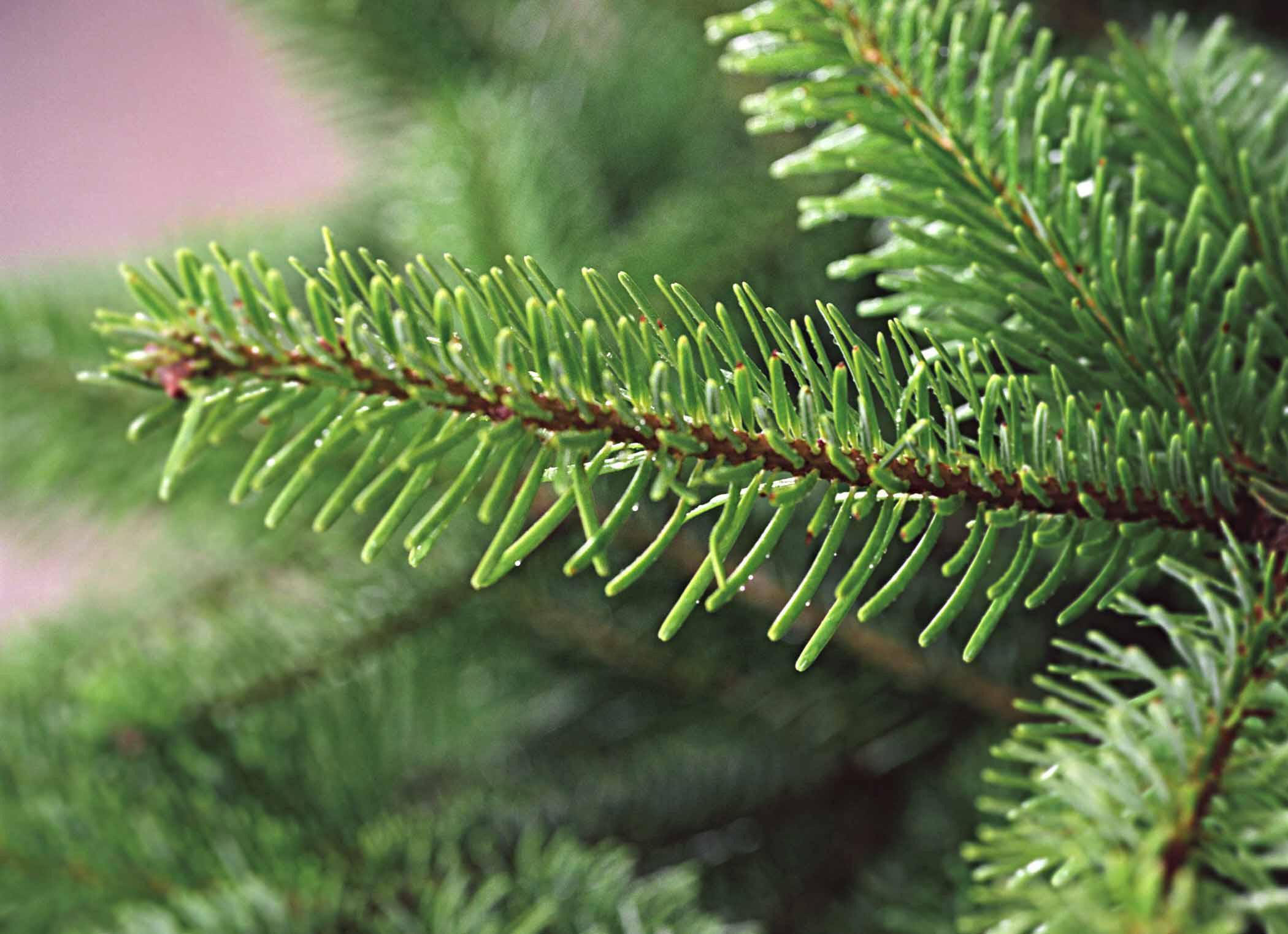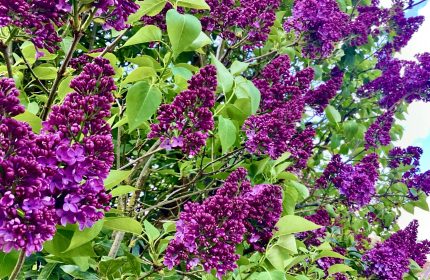Are you faking it?
Fewer than one in five households will have a real Christmas tree this year, according to a new report.
Hannah Stephenson investigates the claim and finds out if a killer fungus is likely to affect supplies and prices of this year’s Christmas trees
However much fake Christmas trees have improved over the years, I don’t think I’ll ever allow myself to buy one, as they never match the colour, texture and scent of the real thing.
However, it seems I’m in the minority, as according to a new Which? report, less than one in five of us will have a real Christmas tree this year.
It’s a claim disputed by many garden centres, which say the sales of their real trees haven’t diminished and that this year should be a bumper year for quality trees because of the strong new growth they will have made thanks to the heavy rainfall in the past couple of years.
There has been concern that prices of real trees may be higher this year because of a mysterious disease called current season needle necrosis (CSNN) which has hit British-grown Christmas trees, turning needles brown during the summer before they drop off.
CSNN is associated with a fungus which is similar to apple scab, causing some of the needles in Nordmann firs to go brown in July and August.
However, this year’s trees won’t be affected as only healthy trees are cut for sale, according to the British Christmas Tree Growers Association (BCTGA).
However, CSNN could affect the number of marketable trees in future years if it continues to hit UK and European trees, the association warns.
It has been a problem for Christmas tree growers in the US for many years, but it is only in the last two years that it has become more noticeable in the European crop.
The tree fungus scare could be a storm in a teacup, says Tim Clapp, head of trees and horticulture for The Garden Centre Group, which represents 129 UK garden centres.
“It won’t affect our supplies at all,” he says.
“Necrosis is nothing new and it’s not a killer which would wipe out fields of Nordmanns. Customers need not worry because a tree with necrosis won’t be cut and put out for sale, because it looks dead.
“I think it’s hit the press because of the problem we’ve got with ash dieback.”
Necrosis has not affected award-winning garden centre chain Hillier’s supplies and in fact it’s been such a great growing year for trees that Hillier is dropping its prices. A 6ft Nordmann will cost £39.99, £5 less than last year.
Pip Bensley, Hillier nursery stock buyer, says of CSNN: “The problem is that no one has identified what’s happening.
“The fungus has been around for years but without research we don’t know if it has changed or what will happen. It’s a case of watching and waiting.”
Work is currently being undertaken by Scandinavian and British growers to better understand the condition.
The BCTGA has started fungicide trials on a wood of 1,000 Nordmann firs in the Midlands.
It recently approved a CSNN strategy to gain sufficient knowledge over the next year to be able to prevent CSNN – currently a relatively minor problem for most British growers – becoming more widespread.
As for the fake versus real argument, Bensley says: “For us, fake trees don’t outsell real trees. When times are tough, people return to childhood values and Christmas is very much a time where the act of going out to choose a tree together as a family is reassuring.”
The Which? survey did not correlate with a survey of 2,000 people by B&Q, which found that 55% of British people will choose a real tree over a fake one.
The advantages of fake trees are obvious – they don’t shed needles, can be easily shaped to requirements and last a long time.
But Harry Brightwell, secretary of the BCTGA, says the value of real Christmas trees needs to be emphasised, particularly their pine scent.
“If people aren’t buying a real tree, they are missing out on a real Christmas,” he says.
“Reports say that looking at a tree has a soothing effect which is going to be helpful over the Christmas period for many people. People are also becoming more green in their thinking.
“Christmas trees are a crop which is grown and is helping the environment and wildlife, taking carbon dioxide out of the air. They’re also recyclable.
“The fact that they are grown in Britain means it’s giving employment to people in Britain, whereas a lot of artificial trees are made in China and won’t be helping our balance of payments.
“Going out and buying a real tree as a family is great. Getting an artificial one out of the loft is not going to create a priceless memory. If you get a fake tree, you’re giving up on Christmas.”
Perhaps part of the reason people plump for fake trees is because they don’t know how to keep cut trees looking fresh.
This is what you should do:
1. After you have bought your tree, it should be kept outside in a cool shaded place, preferably standing in water, until it is required indoors.
2. Before bringing the tree indoors, cut half an inch off the butt to open up the pores of the tree.
3. Mount it in a water-holding stand or wedge it in a bucket with pebbles, small stones or screwed up newspaper and place it away from direct heat such as radiators.
4. Keep the container topped up with water every day. You will be surprised how much it needs.
Do you have a fake or real Christmas tree?
Latest posts by Sally - Silversurfer's Editor (see all)
- Different ways to access your pension pot - May 3, 2024
- How to find your perfect walking holiday - May 1, 2024
- Introducing MyWay, your health partner, empowering your health journey - May 1, 2024
- The most important change to make to your diet after 50 - May 1, 2024
- Win a Power XL Grill Air Fryer Combo! - May 1, 2024





















